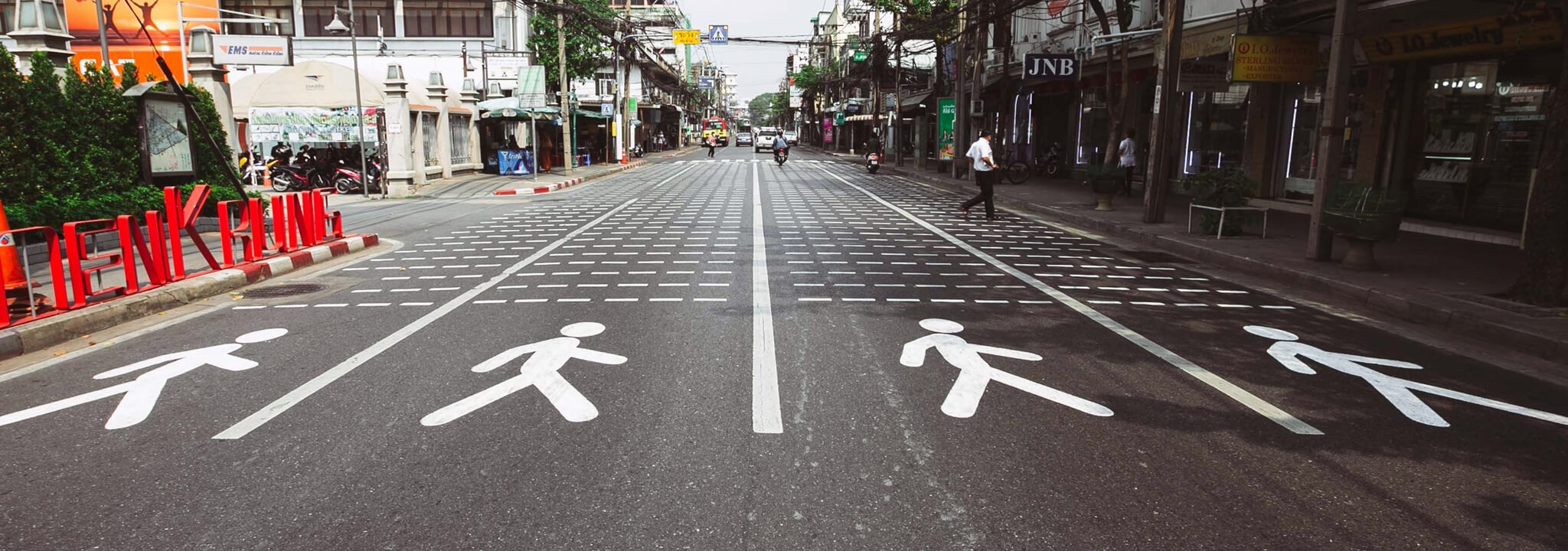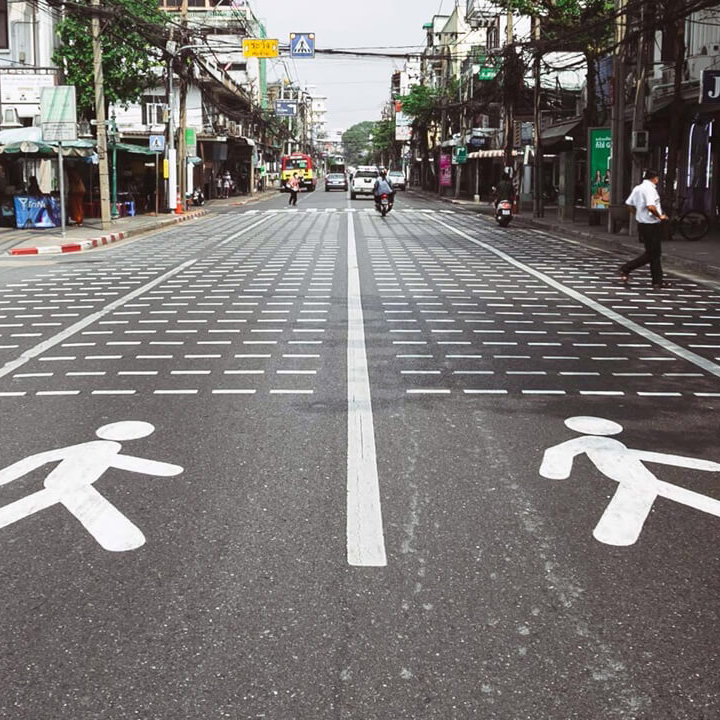Chiang Mai Old City (inner moat) occupies parts of the subdistricts of Sriwichai, Nakorn Phing, and Mengrai within the Chiang Mai Municipality. Stretching over 2.56 square kilometers, this site houses buildings of historical significance and traditional performances expressing such diverse cultures. It accommodates a local community and a large number of business operators, designers, and artisans who make products and services using creativity built on local arts, culture, and handicrafts. This equips the area with the basic elements suitable for a creative district that can create economic opportunities for the locals.
A baseline survey is necessary to understand the current state of the physical space and creative economy opportunities in Chiang Mai Old City. The results are used to draft the framework for a creative district and to develop indicators to assess the impact of the development contributing to the creative atmosphere for starting a business. A creative district, once established, will support knowledge exchange among creative professionals, incubation of young creators, and systematic capacity building of entrepreneurs that will drive the economy and the local creative industries to grow consistently.
A data and statistics survey related to the creative economy and 12 creative industries, as specified in the Creative Economy Promotion Plan 2018 – 2022, in Chiang Mai Old City with primary and secondary sources is divided into four areas:
(1) Physical Space
- Physical characteristics
- Type of application
- Pavement quality
(2) Creative Economy
- Local creative businesses: number of creative businesses
- Employment of creators: number of employments in the creative businesses, type of labor divided by skills, service businesses in the area including hospitality, restaurants, and cafes
(3) Cultural dynamics
- Arts and culture sites: type and number of arts and culture sites
- Participation in cultural activities: number of arts and culture activities, number of visitors, satisfaction level
(4) Creative environment
- Acceptance of ethnic differences among residents: overseas graduates, number of international tourists
- Transportation and mass transit: local public transport, connections to other countries
The survey will lead to the development of tools and systems for collecting, processing, and sharing the information with related people and agencies. This will ensure that all use the same database to develop a creative district and other aspects leading to the development of a creative city in the future. The introduction of the creative economy concept, especially that which promotes local culture, is one of the factors that will drive Chiang Mai to its future sustainability. The city will march on creative energy to the beat of its own drum of local culture, displaying the creative power in the cultural context of Chiang Mai.

